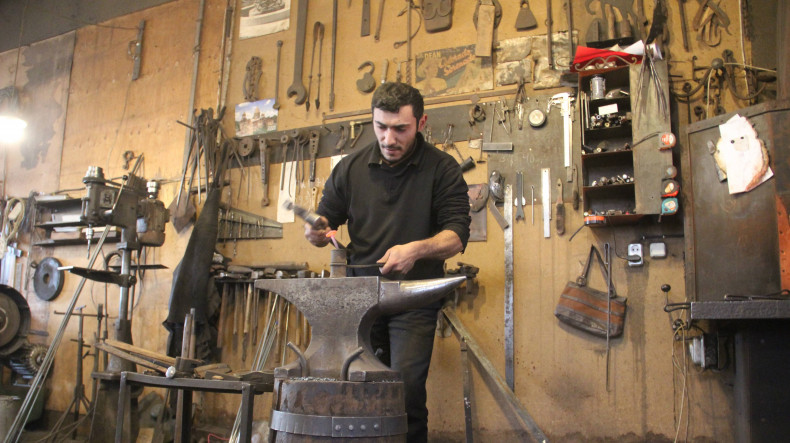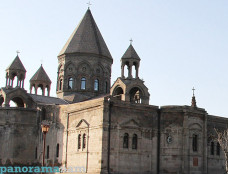
Gyumri blacksmithing tradition added to UNESCO Cultural Heritage List
Tradition of blacksmithing in Gyumri has been inscribed on UNESCO's Representative List of the Intangible Cultural Heritage of Humanity, the Armenian Foreign Ministry reported.
The request was approved at the 18th session of the UNESCO Intergovernmental Committee for the Safeguarding of the Intangible Cultural Heritage in Botswana on Tuesday.
Blacksmithing, or the creation and repair of iron objects, has played a central role in the local identity and cultural characteristics of the city of Gyumri, Armenia for centuries. Although the practice nearly disappeared in Armenia in the mid-twentieth century, it has survived in Gyumri, where inhabitants continue to preserve existing items – such as window lattices, fences, gates, doors, candlesticks and chandeliers – made by old masters and to forge and use the iron products in their daily life.
Current blacksmiths, some of which are fifth- or sixth-generation masters, play an active role in safeguarding and transmitting the tradition of urban blacksmithing as well as its history, traditional skills and knowledge. They typically transmit the practice informally within their families, passing on the skills and styles to their children and grandchildren.
In addition, blacksmithing is also transmitted formally through community museums and in two specialized educational institutions: the Gyumri Fine Arts Academy and the Gyumri Craftsmanship College N 1. A key part of the city of Gyumri’s architectural identity, blacksmithing can be seen both in the interior and exterior of private and public buildings and is associated with the values of diligence, honesty, fair work and mutual respect.
Newsfeed
Videos






























